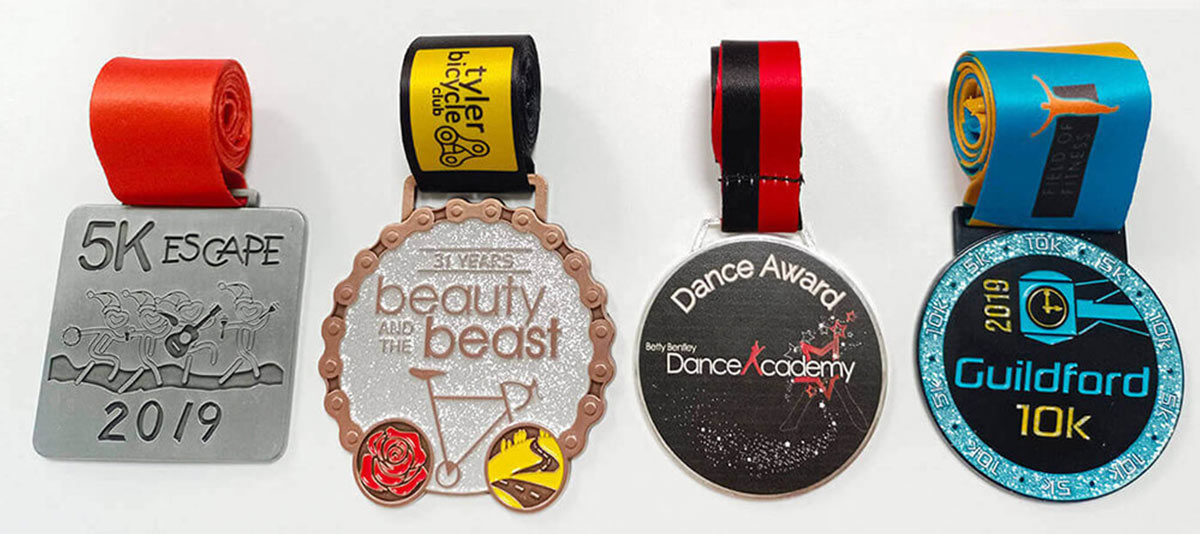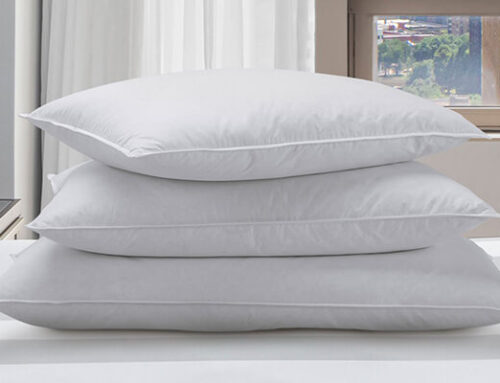Custom medals have their own beauty, it is that you can have whatever you want. Manufacturing and designing medals are completely different than designing for print or web. To customize medals, we integrate veneer, electroplating, texture, and shape at multiple levels! Each medal will have a sentiment, so we have to take that into account when crafting. People work hard for years to earn custom race medals, custom reward medals, custom running medals, custom academic medals, custom race medals, and more.
Consider an athlete who has worked for a year to win a custom baseball medal, a custom basketball medal, or a custom gold medal. We have to make sure your designs match their accomplishments and that they feel special when they receive your Custom Medals. Here, we’ll discuss how you should create Custom Medals. So without further ado, let’s get to know it.
1. Why Do We Need Custom Medals?
Are you considering handing out or awarding custom badges to your employees? Is this a suitable option, or should you choose a certificate? Should you give it to the winner or everyone? Custom medals can go a long way toward solving almost all of your problems. You just have to pick the perfect Custom Medals supplier. Here, we’ll discuss the reasons why you need custom badges.

1) Considered valuable and valuable
Videos are known to help people remember certain things better than listening to or reading about them. Audiences prefer visuals and spectacles. If people compete, then they are envious of having some sporting goods to take home. It is considered valuable and precious. You could try making bigger custom medals for the winners to encourage them to perform better for such valuable custom coins and medals.
2) Brand Building
As a brand, you have to know that people will keep custom race medals for their future memory. You must have saved the school mascot medals you got after participating in the sports meeting. Awarding custom coins and medals is a real opportunity for brand building. Your custom competition medals, custom academic medals, and custom reward medals may reflect the brand’s commitment to fun and its willingness to do something new for its customers.
3) Improve employee engagement
Top organizations are also clueless about improving employee engagement, and regular assessments fail to spark the necessary spark. Employees crave more recognition. You can celebrate them with custom badges; you can also give them custom volunteer badges for voluntary accomplishments or responsibilities. You can create a variety of custom coins and medals to instantly reward employees, which will help increase employee engagement as they feel more recognized and appreciated.
4) Foster goodwill
You can foster goodwill by controlling your employees’ families. Often, when your employees are late, they pay the price. So, you can honor their sacrifice by giving them Custom Medals. It fosters goodwill, and employees appreciate that you care about their lives outside of the business.
2. How to use custom medal
Custom medals serve a variety of purposes. You can award Custom Medals to recognize people. School mascot medals, and custom volunteer medals as keepsakes. Custom academic medals and custom competition medals are also given as keepsakes. Therefore, it is very important to know the ways to use Custom medals for various purposes. Here are some of the most popular reasons for using Custom medals.

1) Sports
- Custom Race Medals Custom Running Medals Custom RaceMedals Custom Gold Medals Custom Volunteer Medals Used in international competitions such as the Olympic Games, Summer, and Winter Games.
- From sports to professional boxing, every game can have custom basketball medals, custom baseball medals, and other medals as rewards for sporting events.
- Many sporting events can produce medals for sports tournaments and conferences.
2) School
- Rewarding the winners of spelling bees, quizzes, debates, and other competitions
- Recognition of Student Achievements
- Recognizes students who represent the school in various sporting and national championships and competitions
- Congratulations to students competing in the band, orchestra, and other national competitions.
3) Corporations and Small Businesses
- Reward employees who complete sales targets and help companies achieve annual goals
4) Fundraising
- At such events, rewards must be received for their service and volunteer time. You can provide custom volunteer medalsPeople who have provided the best service over the years through non-profit memberships.
- Custom race medals and custom running medals can be awarded to marathon and fun runs or walks participants and winners.
- Other fundraisers can have multiple Custom Medals.
3. The process of custom medals
Custom medals are made to show appreciation for those who have worked hard to achieve something or prove themselves. Customized gold medals are mostly awarded to athletes, but are not limited to athletes. Custom Medals suppliers also make several Custom Medals for the common man. People can be rewarded for their achievements, efforts, or dedication to a cause or company. We all know the importance of these medals, but now is the time to understand the process of making them. We will learn how to create custom medals here. cheer up. You may find the following information useful.

1) 3D model
After deciphering the request received from the client, the creative team will replicate the visuals of the Custom Medallion. First, they draw it by hand, then fine-tune it using cutting-edge computer technology. They will create a 3D model of the design to give you an idea of the final look, which will be realized by a Custom Medals supplier or manufacturer. Customers can request multiple revisions before the manufacturing process begins.
2) Relief model
Artisans use various procedures to create the desired object, usually modeling with clay (to build the relief), followed by plaster details, and finally some resin. This way, ancient technology remains relevant enough with the help of modern technology. Custom medals are made by combining experience, heritage, and history with modern methods such as 3D printing, laser technology, and more.
3) Tool Creation and Control
Originally created in the 18th century, the reducer moves a reduced, tempered copy of the court onto a steel plate. A metal finger touches the pitch, while carbide machining burrs repeat specific developments, engraved into the steel plate. The etching process may take approximately 24 to 48 hours.
After etching and engraving, it must be ensured that there are no microscopic scratches. It is efficiently observed and quietly modified by the hands of engravers and etchers. This is followed by the immersion stage, in which the steel sheet is heated to high temperatures and then flooded with liquid nitrogen, which solidifies the metal atoms and gives it remarkable resistance. The tool will then be placed on a press and used to stamp the metal spaces.
4) Metal cutting
After the above steps, the metal is cut into the shape required for the medal and then stamped. Workers set and adjust various settings to simplify the stamping process after cutting metal.
5) Striking or stamping medals
To achieve the perfect medal shape and design, the metal blank should be struck continuously. Some metals, such as bronze and silver, do not hold up well to the stamping process.
6) Annealing process
It was crucial to expose the future medals to thermal cycling between each pass to re-establish their unique flexibility. Therefore, after each strike, the medallion goes through a tempering cycle (the annealing process) that takes almost eight hours in a specially designed “annealing oven”! After each annealing treatment, the medals are immersed in water to remove impurities. (Any deformities are obvious to the naked eye!).
7) Prune
The medal is managed when the aid and its subtleties emerge with accuracy and delicacy: while the first bronze plate dazzles, strikingly deformed and straightened, we end up with a metal band that invades the Border Medal. Trimming Step: Removal of an excess metal band around the medal to give the medal its final and perfect shape and size.
8) Polishing and Welding of Ribbon Attachments
In this step, customize different types of metals, such as custom competition medals, custom reward medals, custom running medals, custom baseball medals, custom academic medals, custom basketball medals, custom competition medals, custom gold medals, custom volunteer medals, school luck Physical medals are rinsed and polished by Custom Medals suppliers and manufacturers to keep their luster intact. After a cleansing process, almost all impurities are removed for a smooth and shiny finish.
9) Finishing and Surface Treatment
Custom medals are then sanded to create an even surface with a patina or silver finish to follow. Afterward, dip them in the shower, where electrolysis deposits a fine patina, silver, or gold. A valuable metal usually has a thickness greater than 1 micron. For copper-plated medals, the first step is to brush the surface of the medal, removing the black deposits on the surface but leaving the deposits in the depressions of the medal relief to stand out, thereby accentuating and accentuating the engraving or etching work.





Leave A Comment